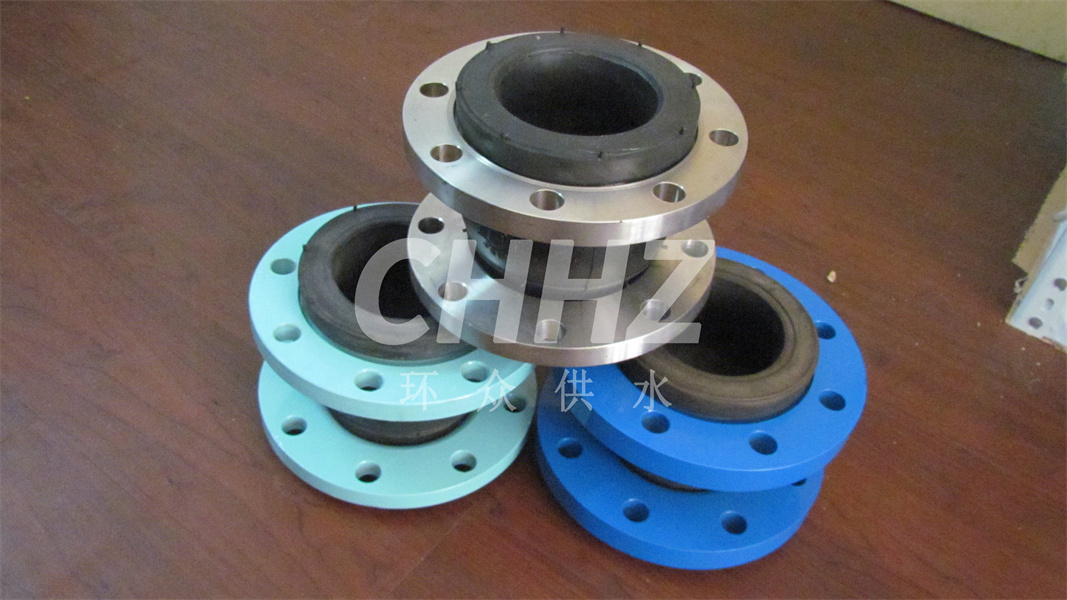The advantages of nitrile rubber expansion joint material.
Nitrile rubber itself belongs to special synthetic rubber, special rubber refers to the rubber with high temperature resistance, oil resistance, ozone resistance, aging resistance and high gas tightness, commonly used silicone rubber, a variety of fluorine rubber, rubber and butyl rubber, etc., mainly for special occasions requiring certain characteristics.
NBR has good oil resistance, wear resistance and heat resistance, but many people do not know that some media of NBR are not applicable, for example: NBR is not applicable to phosphate ester series hydraulic oil and pressure additives in gear oil, so the choice should not only look at the temperature resistance and size of NBR, etc., but also need to take into account the performance requirements that need to be met.
When the instantaneous pressure of the pipeline is greater than the working pressure, the NBR joint should be selected above the working pressure grade. For example, if the instantaneous pressure of the pipeline is greater than 1.0MPa, NBR joint with working pressure of 1.6Mpa should be used; when the instantaneous pressure is greater than 1.6Mpa, joint with 2.5MPa should be used.
NBR is a copolymer made of acrylonitrile and butadiene monomer, mainly produced by low-temperature emulsion polymerization method, with excellent oil resistance, high abrasion resistance, good heat resistance and strong adhesion. Its disadvantages are poor low temperature resistance, poor ozone resistance, poor insulation performance, and slightly lower elasticity. Heat resistance is better, it is better than neoprene heat resistance, long-term use temperature up to 100 ~ 120 ℃, high temperature resistance than neoprene about 10 ℃, the general use of temperature range: about -45 ℃ ~ +130 ℃. Also has good water resistance, airtightness and excellent bonding properties. It is often used to make a variety of oil-resistant rubber products, a variety of oil-resistant gaskets, gaskets, casing, flexible rubber hose, etc.
